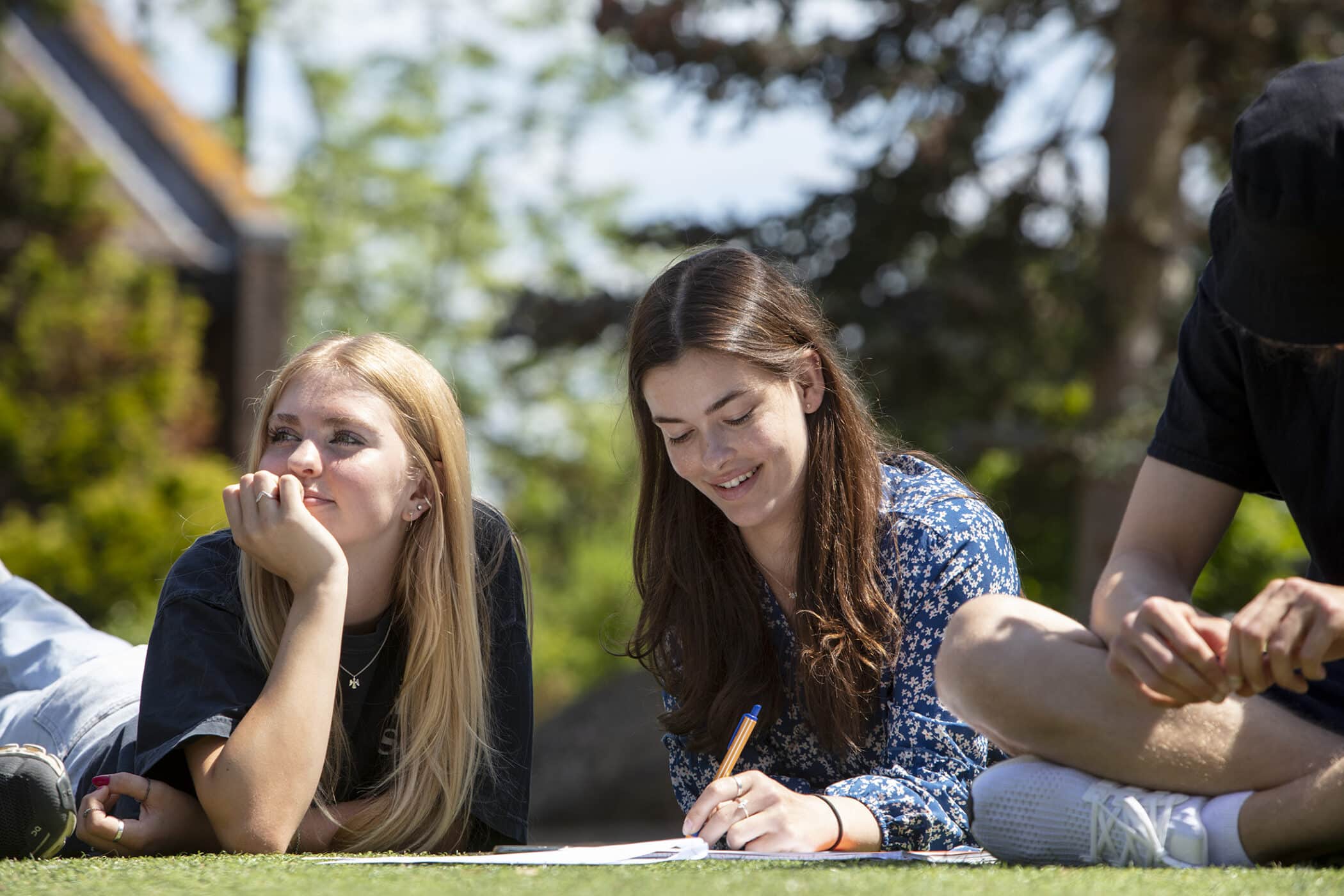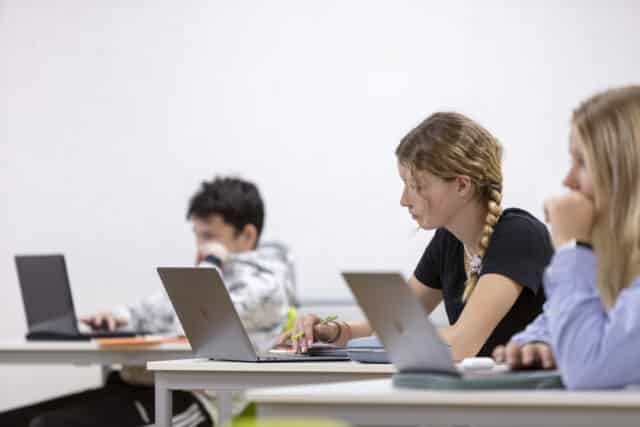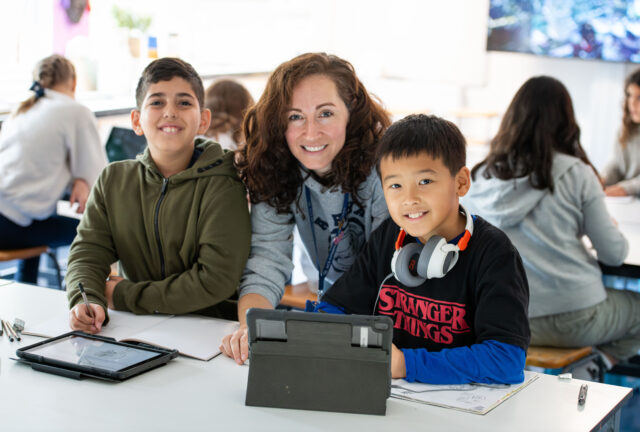21/03/2023
Why Creative Thinking Is Essential for Future-Proof Education
Why is creative thinking such an important skill to teach children?
Careers today look very different from those of the past. Gone are the days when a person would leave school as an expert in one field, securing a lifelong job in the same area. Today’s young people will likely move between multiple careers and face challenges they’ve never encountered before. To thrive in this evolving landscape, they need to develop creative problem-solving skills that allow them to adapt quickly.
In my view, this adaptability is the future of education: fostering individuals who can think creatively and respond to change.
Are traditional subject disciplines becoming less relevant in preparing students for this future?
Absolutely. Take IT as an example—specific lessons on typing, creating documents, or browsing the internet are becoming obsolete. Now, digital skills are essential across every subject. During my teaching days, we’d have physics students using data analysis while product design students researched materials. Both groups worked with spreadsheets, so we integrated IT skills into their curriculum, teaching them in ways that bridged multiple subjects.
This approach isn’t just for tech skills. Creative thinking is key across all disciplines. Whether students are working on an art project or solving a scientific problem, they need to approach challenges with creativity and innovation.
What inspired the STEAM event at thorpe park?
We wanted to create an event that would inspire students to explore careers they might not have considered. At ACS, we partner with local state schools, and during discussions with school leaders, we noticed that STEAM (Science, Technology, Engineering, Arts, and Mathematics) came up again and again as an area where students could benefit from more exposure.
Individual schools often lack the resources to offer in-depth STEAM experiences, but by pooling our resources, we were able to create an event that provided students with hands-on experiences, from exploring helicopters to interacting with Titan the robot. We gamified the experience, allowing students to ride a rollercoaster only after collecting stamps from educational exhibits.
How did the teachers from local schools respond to the event?
Every activity was aligned with the curriculum, so teachers could meet their educational goals. Our tagline was: “This isn’t a day off school – this is school,” and the teachers really appreciated that. The event addressed a clear need in education while also helping industries raise awareness about career opportunities.
For example, engineering is currently struggling to recruit talent. Events like these can help inspire students and highlight potential career paths, encouraging future employability.
How crucial is it for children to have access to the right resources for experimentation in education?
The local teachers we work with are incredibly resourceful, often making the most out of limited resources. However, there’s always room for improvement. It’s heartbreaking when a student shows a strong interest in a subject but lacks the resources to pursue it fully.
Collaboration between primary schools, secondary schools, and institutions like ACS is vital, as it allows children to access advanced resources they otherwise wouldn’t have. For example, showing students a video about 3D printers is helpful, but letting them work with state-of-the-art equipment gives them a far richer, more hands-on experience.
Beyond events like the STEAM showcase, we provide a continually evolving resource through outreach initiatives. One example is our Virtual Reality (VR) headsets. After providing teachers with training, we give them the technology to integrate into their lessons for several weeks. This allows thousands of students to engage with cutting-edge technology that wouldn’t be available otherwise.
This access to resources is essential for fostering creativity and adaptability. Above all, students need to become individuals who embrace change, eager to learn how new technologies can benefit them rather than fear their potential.
To build this adaptability, students must be exposed to diverse tools and technologies, enabling them to use innovation to solve a wide range of problems. In the future, it won’t be about mastering one discipline that may soon become obsolete. It will be about the ability to adapt and use creativity to thrive in an ever-changing world.
By Graeme Lawrie, ACS Partnerships Director





